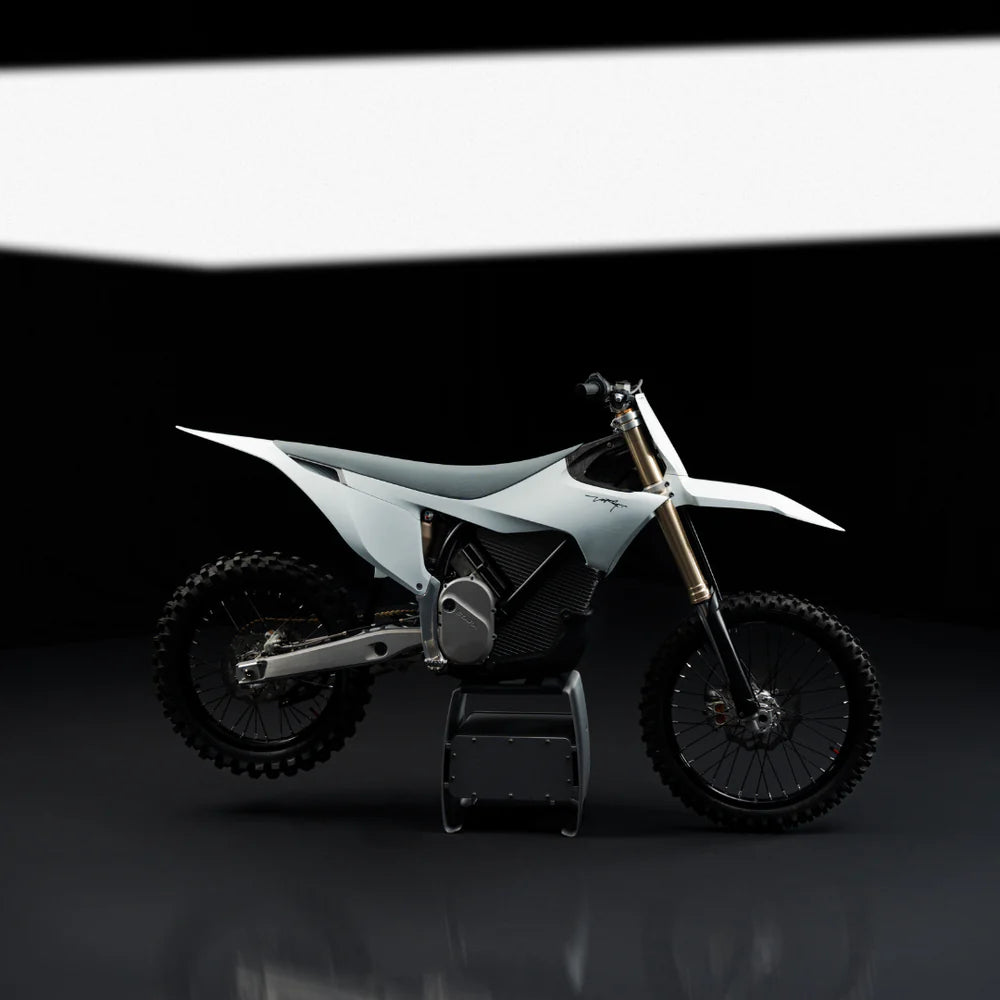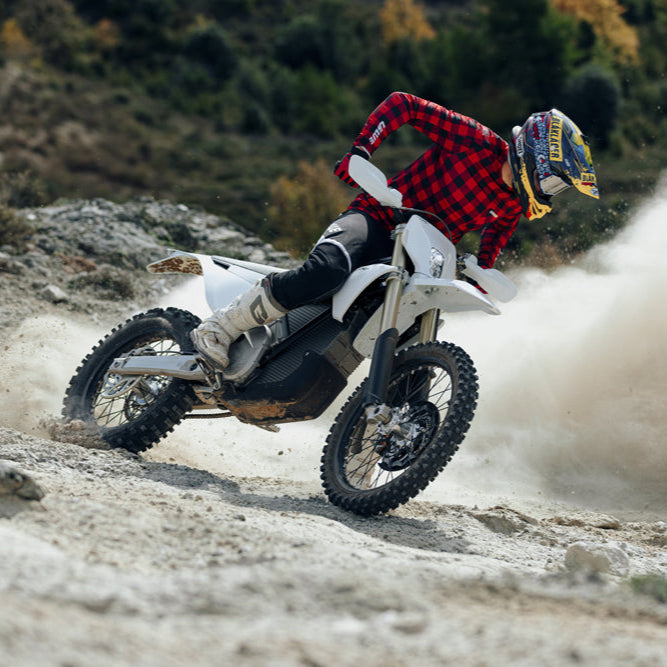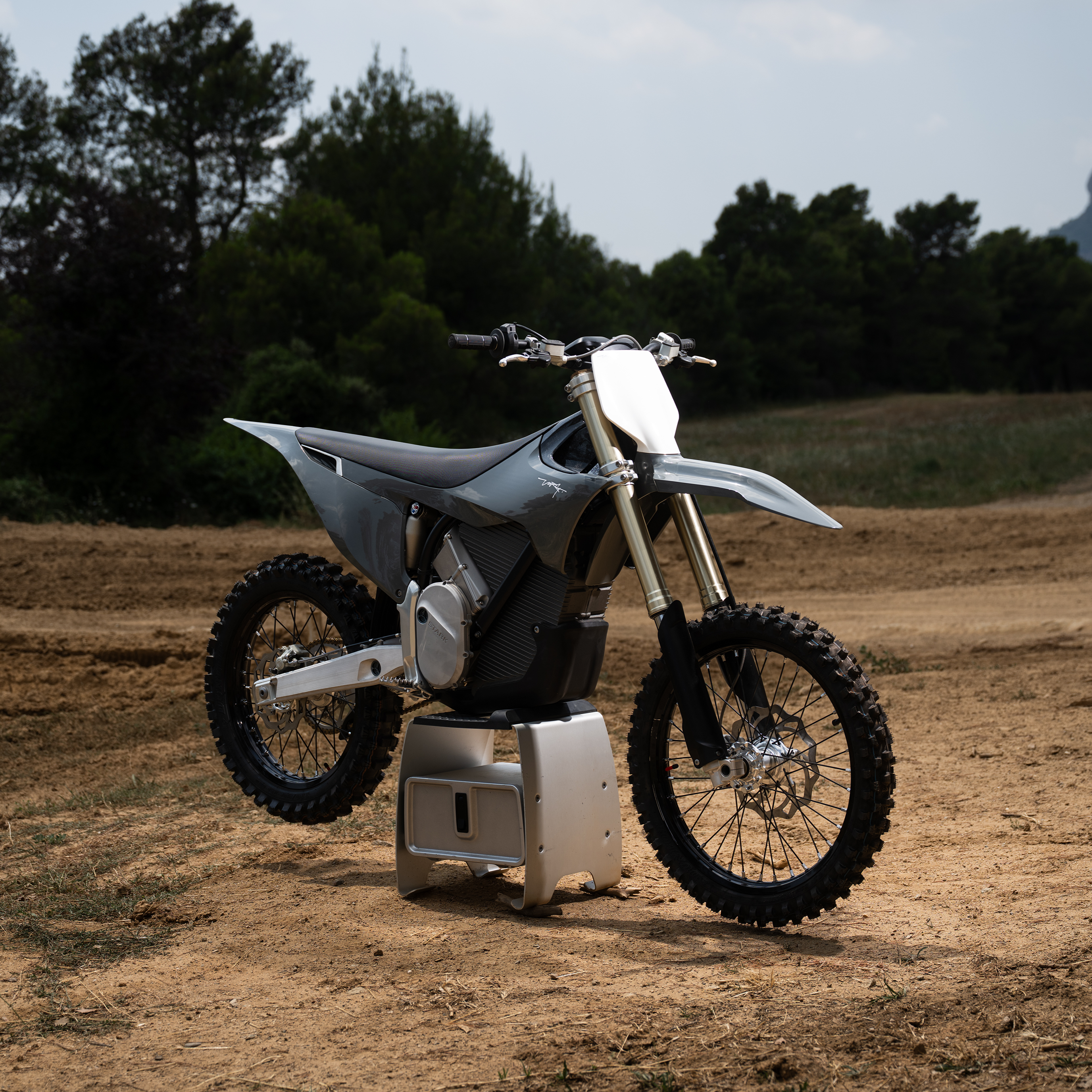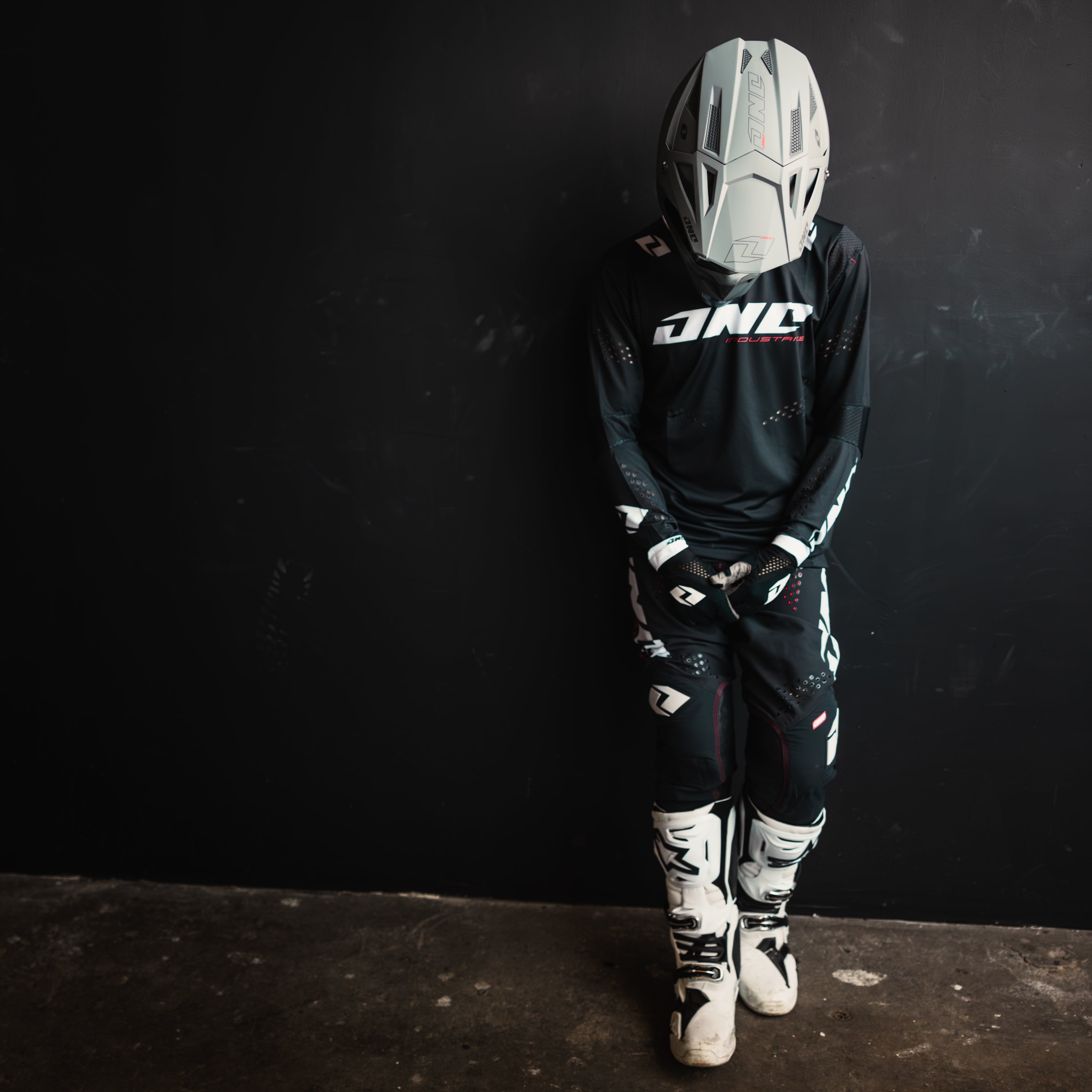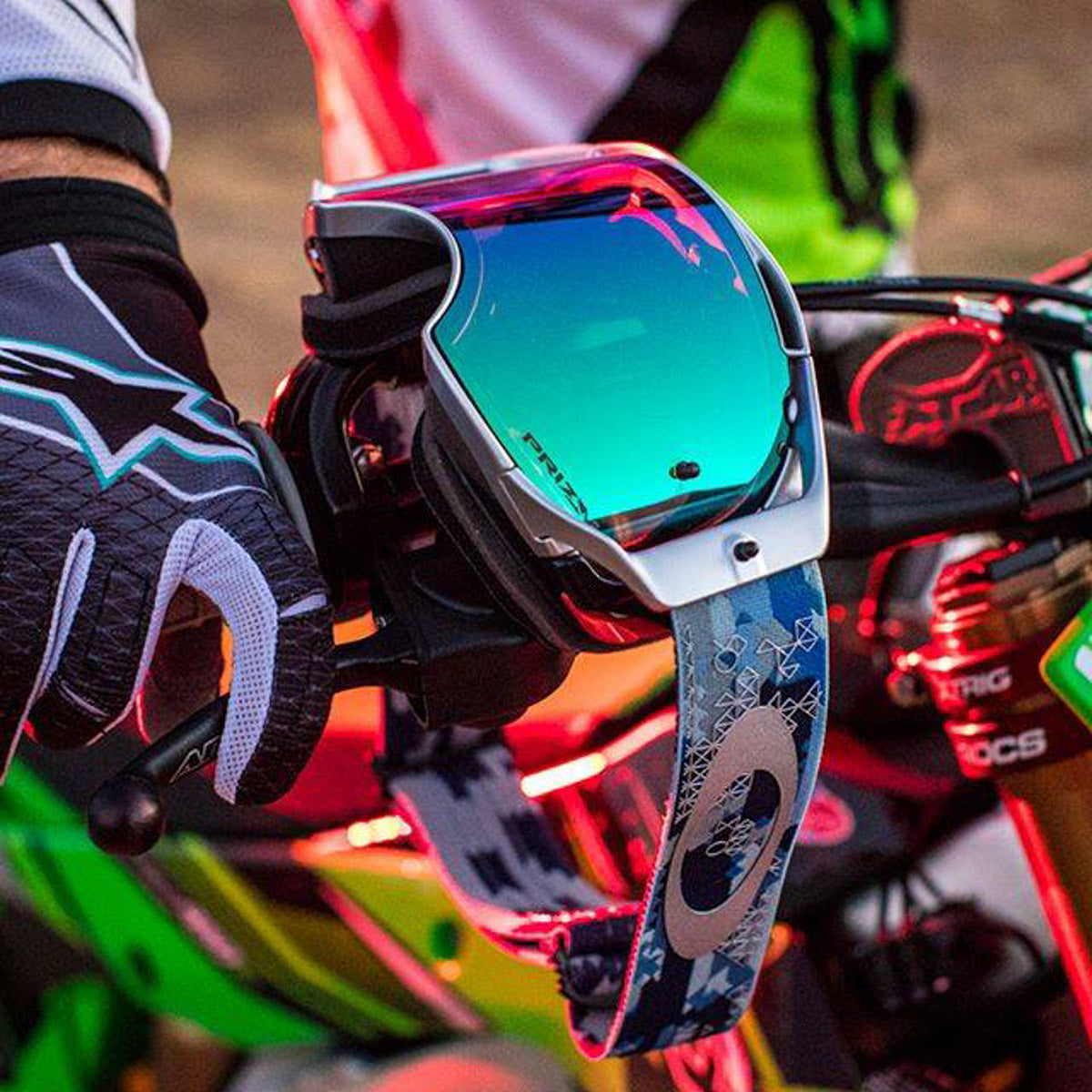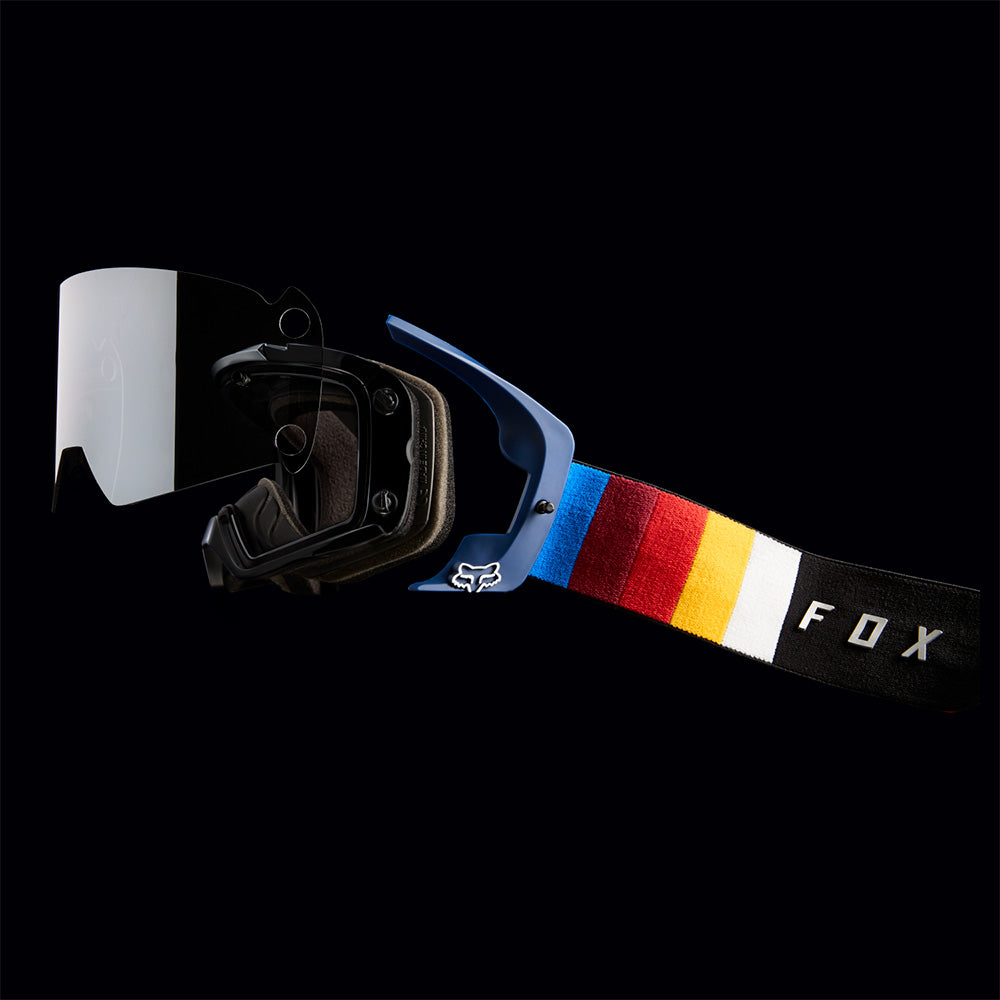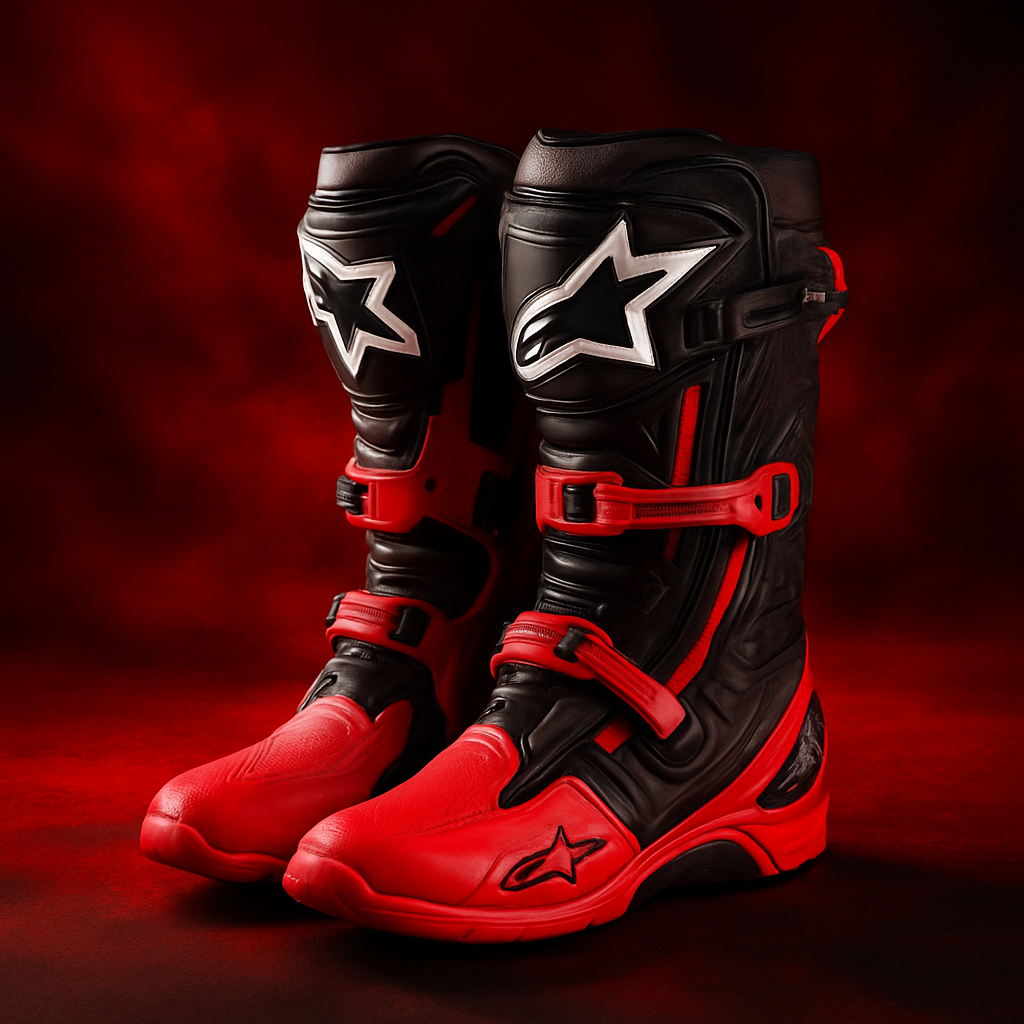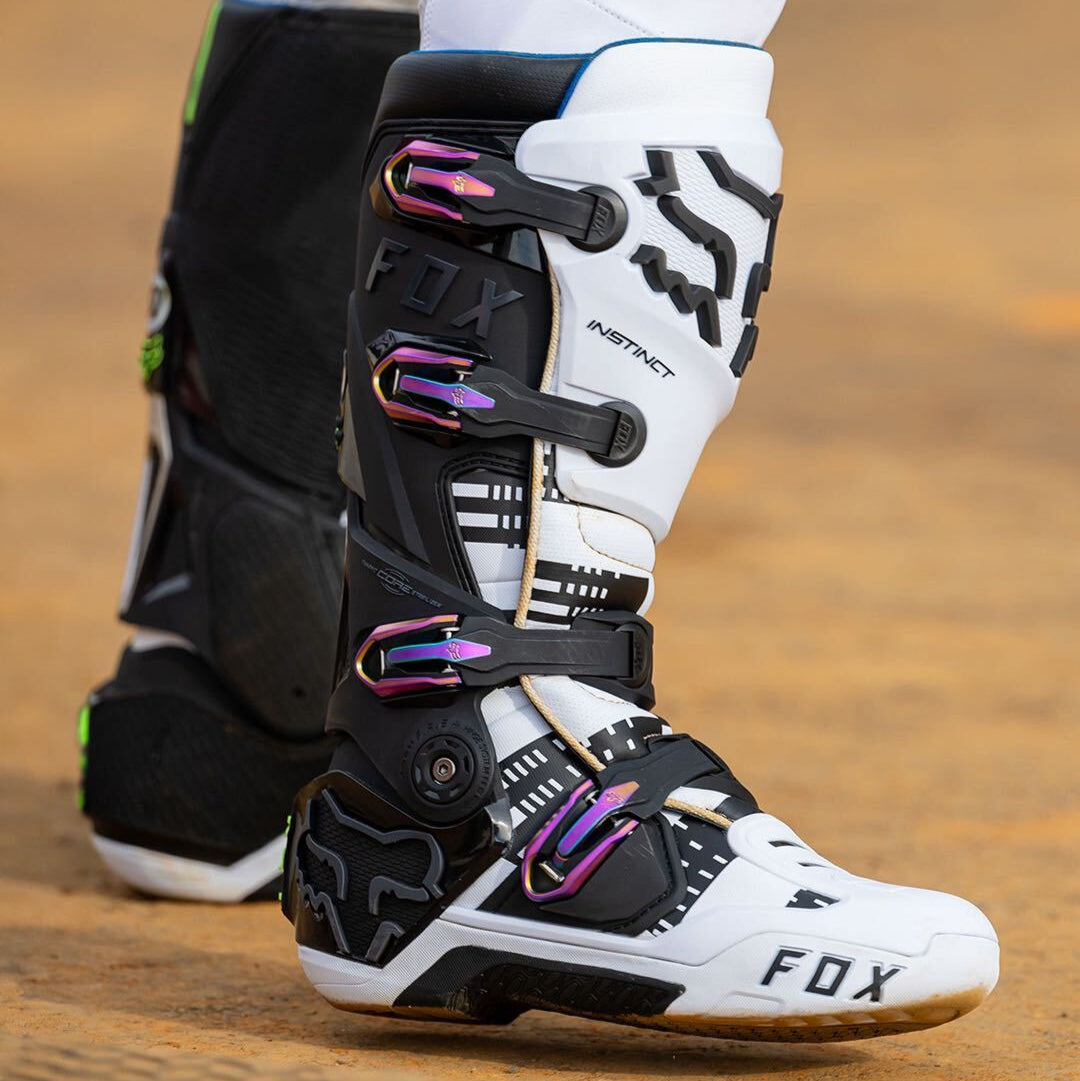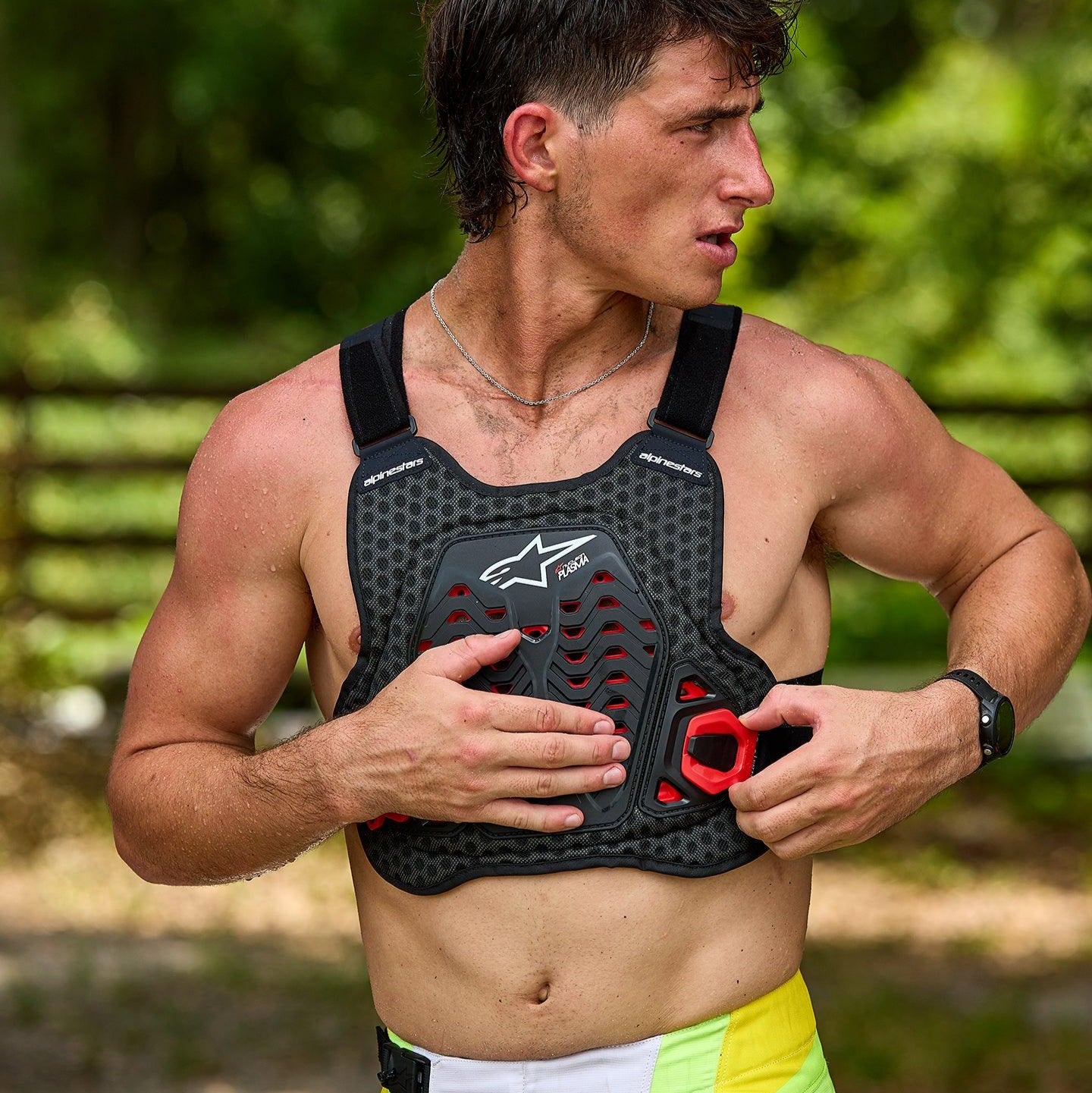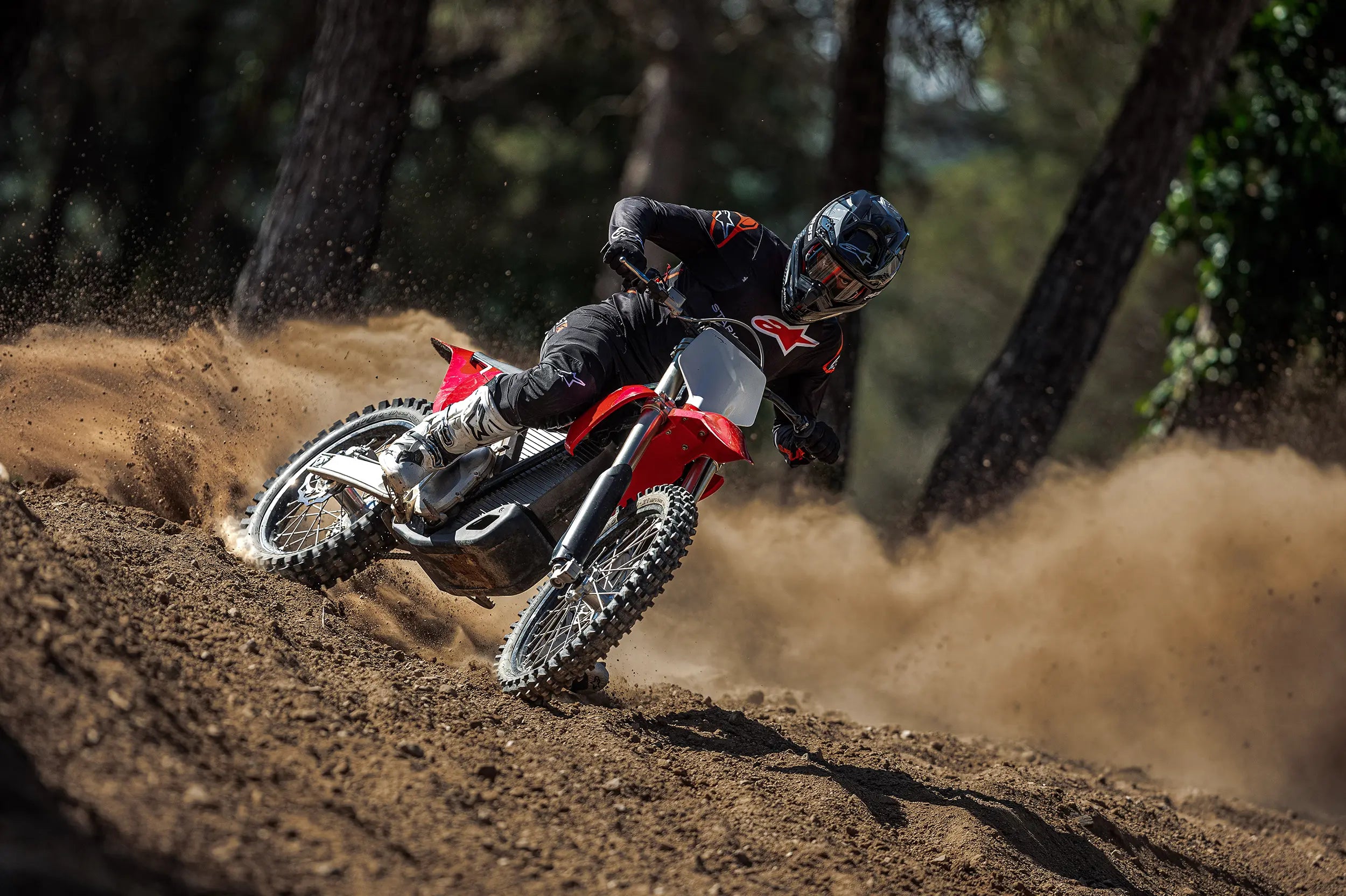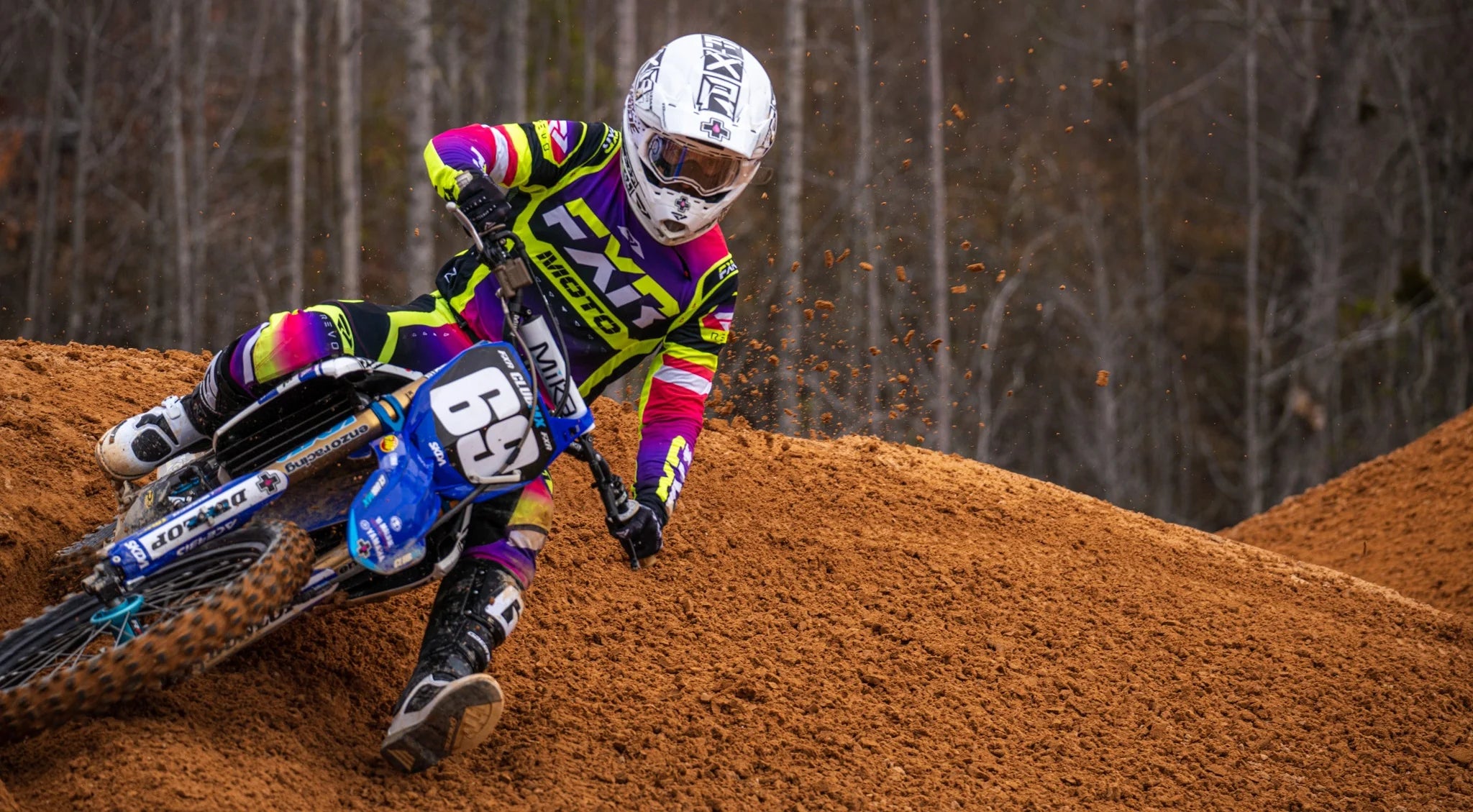The sport of motocross is exhilarating, combining speed, skill, and the daring nature that we all possess. However, being reckless and engaging in high-intensity activity comes with inherent risks.
Safety should always be the top priority for every rider who goes out onto the track. Let’s explore the essential tips and strategies to prevent injury and ensure that your motocross experience remains thrilling yet safe.
1. Invest in Quality Safety Gear
Motocross safety begins with making sure you wear the right gear. These include:
- Helmet: A DOT or Snell-certified helmet is non-negotiable. It protects your head from impacts and reduces the risk of concussions and traumatic brain injuries.
- Goggles: These protect your eyes from dirt, debris, and UV rays. Choose goggles with anti-fog and scratch-resistant lenses.
- Chest Protector: This guards your torso against impacts and roost (flying debris from other bikes).
- Knee and Elbow Guards: Protect these vulnerable joints from falls and collisions.
- Boots: Sturdy motocross boots support your ankles and lower legs, reducing the risk of fractures and sprains.
- Gloves: Provide grip and protect your hands from blisters and abrasions.
- Riding Suit: Made from durable materials, it offers protection against cuts, scrapes, and burns.
2. Regular Maintenance of Your Bike
Making sure your bike is well-maintained is crucial for safety. Doing regular checks and maintenance, you should focus on:
- Brakes: Ensure they are responsive and in good condition.
- Tires: Check for proper inflation and tread wear. Good tyres improve traction and stability.
- Chain and Sprockets: Keep them clean, lubricated, and properly tensioned.
- Suspension: Properly tuned suspension absorbs shocks and helps maintain control.
- Controls: Ensure that the throttle, clutch, and brake levers operate smoothly.
3. Know the Track
Familiarising yourself with the track first can be the best way to prevent the unexpected. Either walk or ride slowly around first to identify:
- Jumps: Know their heights and distances.
- Turns: Understand their sharpness and banking.
- Obstacles: Be aware of any rocks, roots, or other hazards.
- Track Conditions: Note any muddy, sandy, or rocky sections that could affect your ride.
4. Warm Up and Stretch
Just like any other physical activity, motocross demands a proper warm-up. Make sure to spend at least 15-20 minutes warming up and stretching. Focus on:
- Neck and Shoulders: For better head movement and control.
- Arms and Wrists: To handle the bike and absorb shocks.
- Legs and Ankles: For stability and control during jumps and turns.
5. Ride Within Your Limits
It is tempting to push yourself to your limits and cross the lines, especially in a competitive environment. But riding within your abilities is crucial for safety. Gradually increasing your speed and complexity of manoeuvres is the best way as you gain experience. Overextending can lead to crashes and serious injuries.
6. Learn Proper Techniques
Mastering the correct techniques can significantly reduce the risk of injuries:
- Body Position: Keep a balanced and centred position, adjusting your stance according to the terrain.
- Braking: Use both front and rear brakes appropriately to avoid skidding or losing control.
- Cornering: Lean into turns and use your body to maintain balance and control.
- Jumping: Approach jumps with the right speed and posture and learn to land smoothly to avoid jarring impacts.
7. Stay Hydrated and Well-Nourished
Riding, while fun, is physically demanding. So, staying hydrated and well-nourished is essential to doing well and being safe. Dehydration and fatigue can impair your concentration and reaction times, increasing the risk of accidents massively. Make sure to drink plenty of water before, during, and after your ride. Also, eat balanced meals rich in carbohydrates, proteins, and healthy fats to maintain good energy levels.
8. Ride in a Safe Environment
By choosing tracks and trails that are well-maintained and appropriate for your skill level, you reduce the risk of injuries. Riding in a controlled environment with clear rules and safety measures helps this. Avoid riding alone; having a buddy ensures help is available in case of an emergency.
9. Take Breaks
Riding for extended periods without breaks can lead to fatigue, which increases the risk of accidents. Take regular breaks to rest, hydrate, and assess your condition. This helps reduce the chances of mistakes and maintain your focus on the ride at hand.
10. Continuous Learning and Improvement
Motocross is continuous learning and improvement – both of which are key to safety. Attend riding schools, participate in training sessions, and seek advice from experienced riders. By staying updated with the latest techniques and safety practices, you can enhance your riding skills and minimise risks.
Conclusion
Safety is the number one priority when it comes to enjoying the adrenaline rush of motocross. It should never be compromised. By investing in quality gear (available here), maintaining your bike, knowing the track, and mastering proper techniques, you can significantly reduce the risk of injuries. The goal is to enjoy the thrill of the ride whilst ensuring you can continue to do so for years to come. Remember to stay safe, and ride smart.
